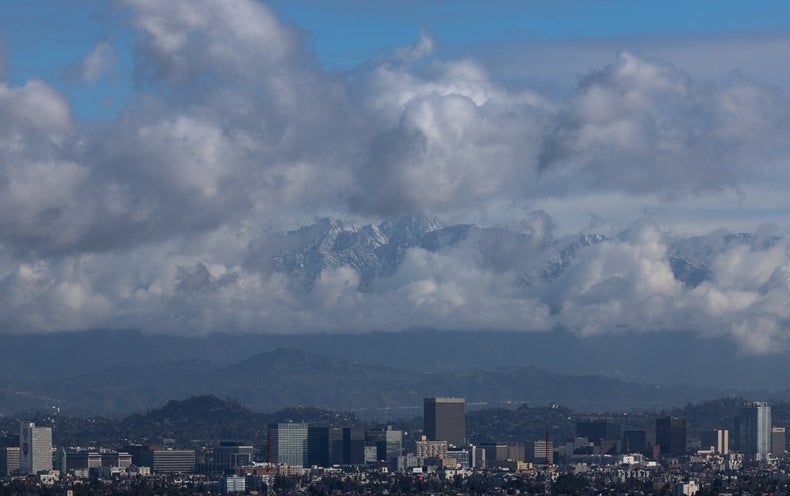CLIMATEWIRE | Mountaintops across the Northern Hemisphere are transforming as rainy downpours replace snowfall, raising the risk of floods and landslides.
The change has been happening for decades, a new study finds, and it is expected to get worse as global temperatures rise.
“This is not a far-off problem projected to occur in the future, but the data is showing us this already,” said lead study author Mohammed Ombadi, a postdoctoral research fellow specializing in environmental data science at Lawrence Berkeley National Laboratory.
The findings, published Wednesday in the journal Nature, weren’t a surprise to Ombadi. It’s well-known that warmer air can hold more water. That means heavy precipitation events tend to grow more extreme as temperatures rise.
Physics predicts that the atmosphere’s capacity to hold moisture should increase by about 7 percent for every degree Celsius it warms. That’s according to a physical equation known as the Clausius-Clapeyron relationship.
At the same time, snowfall tends to decline in cold climates once temperatures hit a certain threshold, melting into rain.
With these two physical effects combined, the study authors hypothesized that extreme rainfall was likely to increase faster than the Clausius-Clapeyron relationship predicts in snowy parts of the world.
They were correct. In mountainous, snow-dominated regions, rainfall extremes increased by an average of about 15 percent per degree of warming. That’s more than double what the Clausius-Clapeyron relationship predicts.
The researchers examined precipitation patterns everywhere north of the tropics across the Northern Hemisphere. They used a combination of historical climate data and computer models to investigate the ways snowfall and rainfall have changed as the planet has warmed.
It’s among the first studies of its kind, according to the authors.
“Global warming is widely known to intensify precipitation extremes — that’s something we have known over two decades,” Ombadi said. “However, no one has ever really looked at the partitioning of rain and snow during those intense events.”
They used observations from 1950 to 1979 as a baseline period. Then they looked at the period from 1990 to 2019 to see how things had changed. They found that rainfall increased at higher elevations, with the biggest effects generally above 6,500 feet.
The researchers then used models to look into the future, investigating how these regions might change as temperatures continue to rise. They found that rainfall extremes are likely to continue increasing at a linear rate of about 15 percent per degree Celsius — 2 degrees of warming results in a 30 percent increase, 3 degrees leads to 45 percent and so on.
Heavier rainfall events can trigger severe floods and landslides, posing dangers to mountain communities. That’s why it’s important for decisionmakers to account for worsening rainfall as they plan for the future, Ombadi said.
Engineers often rely on historical weather data when designing infrastructure, said Ombadi, who has a background in civil engineering. But climate change is rapidly reshaping the world, and many of those historical records are no longer accurate.
“I think our study is really underlining the importance of considering those extremes aren’t constant and the characteristics of those extremes aren’t the same,” Ombadi said. “They are changing over time.”
Reprinted from E&E News with permission from POLITICO, LLC. Copyright 2023. E&E News provides essential news for energy and environment professionals.

